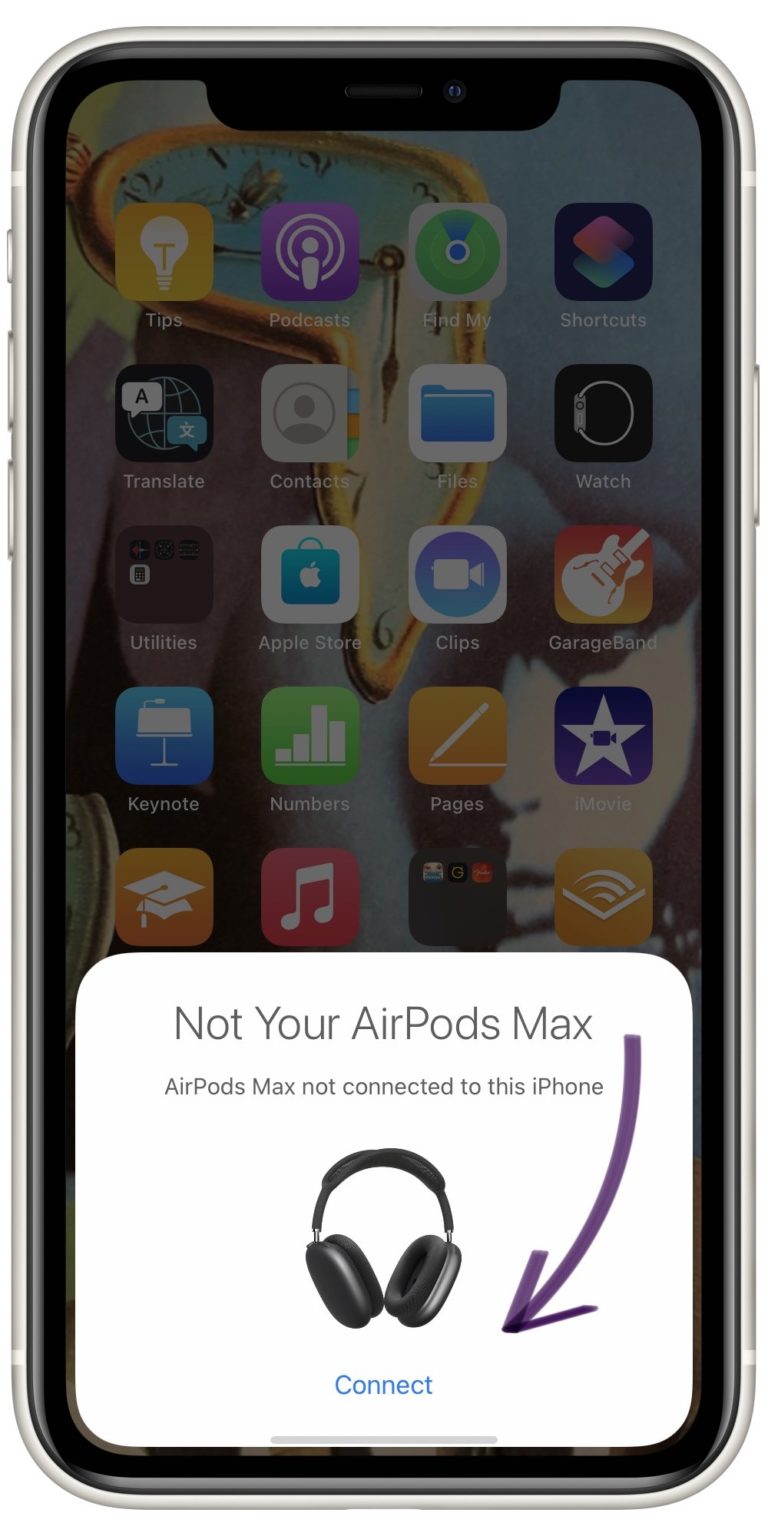

You can quickly switch the EQ on and off (essentially you can audition your track this way and see what difference it is making) and you can also choose whether or not to apply the EQ to podcasts, which is really useful especially if your EQ settings include a lot of bass! If you have an idea of what you want to boost then great, you can do this really quickly and easily whilst listening to a track to get an idea of how the EQ is affecting the music. The big difference is you won’t be able to change the Q size or move around frequencies (whilst this is a custom equalizer, the frequencies you can boost or cut are set at 60Hz, 150Hz, 400Hz, 1kHz, 2.4kHz, and 15kHz).įrom there, all you need to do is drag the nodes up and down to amend the frequency levels.

How Do I Use The Spotify Equalizer?Īs you’ll see on screen, the EQ is pretty much identical in layout to that of a standard EQ plugin.

On the next screen scroll down to ‘Equalizer’, tap on it and then you’ll see the custom equalizer itself. This will take you to a screen with several options, scroll down to ‘Playback’. First of all, open your Spotify app, then hit the ‘Settings’ cog icon in the top right-hand corner. It’s actually really simple to find the in-built EQ. If you’re wondering what settings to use, then you’ve come to the right place! How Do I Access The Spotify Equalizer Settings?


 0 kommentar(er)
0 kommentar(er)
